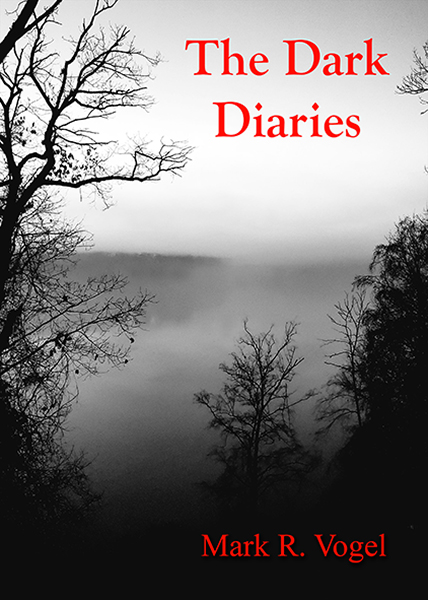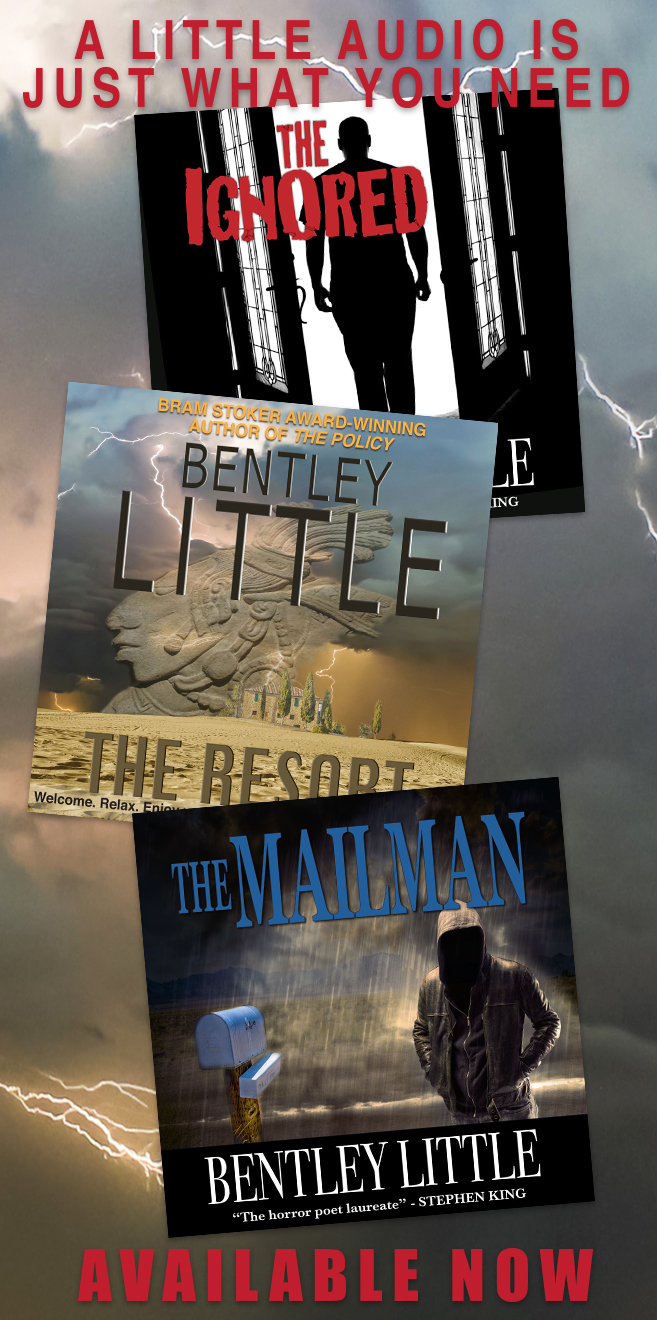
Thomas Fahy
University Press of Mississippi
February 23, 2015
Reviewed by Kelly Robinson
“More horror shows are on air now than at any point in television history,” notes Thomas Fahy in the introduction to The Writing Dead. But, even as the genre is thriving, most ordinary fans couldn’t tell you who wrote their favorite show. While millions discuss the latest episode of Hannibal or The Walking Dead around water coolers or on social media, it’s the characters who become household names—even though it’s the script that makes those characters seem so much like friends.
Fahy brings the writers of horror television out from their behind-the-scenes roles in a collection of 13 personal interviews that not only illuminate the writing process, but also examine the nature of horror itself. The names and credentials of the writers included are a testament to the wide variety of current and recent TV horror, from the dark to the comedic. Among those interviewed are Bryan Fuller (Hannibal, Dead Like Me, Wonderfalls, Pushing Daisies), Gale Anne Hurd (The Walking Dead, The Terminator series), Scott Buck (Dexter), and Richard Hatem (Supernatural, The Dead Zone, The Mothman Prophecies).
Part of the fun of the book is in getting an insider’s look at the making of the shows. Before the filming even begins, the stories exist in the minds of the writers, and they control the choices each character makes. Horror fans will likely enjoy learning about ideas that were considered and discarded from their favorite shows, or the ideas that inspired some of the storylines. Several of the writers delve into the dark psychology behind some of the more monstrous villains/protagonists. When Bryan Fuller discusses the motivations of Hannibal Lecter (“a man in his mid-forties who is experiencing a midlife crisis of sorts and who feels a need to evolve into a super being that will be infinite”), and Carlton Cuse talks about Norman Bates (whose fate is “a dark inevitability”), there’s a sense that they’re talking about people they know—and in many ways, they are.
Where The Writing Dead really shines is as a book of writing advice from men and women who are at the top of their form. The insights are relevant to any form of writing from novels to screenplays, and are of particular interest to anyone interested in writing horror. Jane Espenson, for example, speaks about the importance of letting the character drive the story, explaining that good ideas for episodes of Buffy the Vampire Slayer weren’t pursued if Buffy herself didn’t experience some sort of change in the course of it. Espenson also talks about giving tertiary characters their moments: “…In real life there are no sidekicks. In real life everybody is the hero of their own story.”
If there’s a downside to The Writing Dead, it’s the steep cover price. While it’s in line with other University press titles, it’s more of a popular work than an academic one, and the cost may keep it out of the hands of those who might most appreciate it. TV horror fans and writers may have to wait for a sale or put this one on their wish lists, but they probably won’t be disappointed when it’s in their hands.


